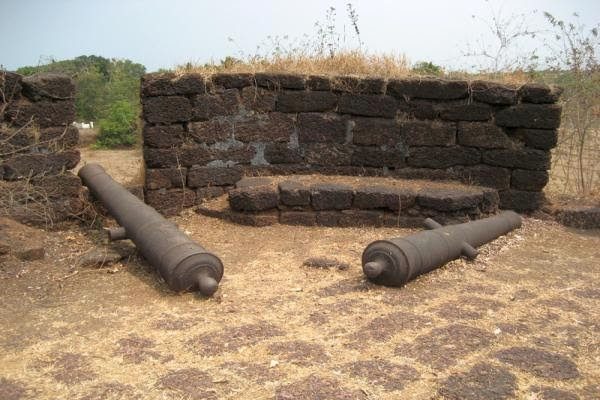Recently, the Directorate of Archives and Archaeology (DAA) has been considering the adaptive reuse of protected monuments. Three heritage sites have been shortlisted. The monuments identified for conservation are located in Naroa, Vichundrem and Cabo de Rama.
What is Adaptive Reuse?
Adaptive reuse is conventionally defined as “the process of adapting old structures for new purposes.”
The DAA has shortlisted 3 sites as follows:
- The 13-14th century Narayandev temple of Vichundrem
- Cabo de Rama fort built by Sunda kings and captured in 18th century by the Portuguese
- 17th century Saptakoteshwar Temple at Naroa
Popularity Abroad
Adaptive reuse of heritage buildings and monuments has become popular in other parts of the world. Governments find it difficult to maintain these heritage buildings as they lack the required machinery. In order to facilitate the retention of a tangible link with the past while revitalizing heritage assets the concept of Adaptive Reuse will be of great help.
Due to the lack of technical expertise, manpower, among other problems, the DAA is also planning to engage private agencies who have carried out restoration projects in India.
Neglected artefacts of Goa
The Directorate of Archives and Archaeology has a big list of 51 monuments that need maintenance, scattered across Goa and neglected for long periods of time. This is largely due to the fact that successive governments lacked political will to seriously pursue conservation. After the department invited bids from private agencies with conservation expertise in the field, a total of nine, including three from Goa, have shown interest in taking up the projects for restoration and adaptive reuse.
The Goa government recently constituted an expert committee headed by Ashish K Sinai Rege, principal of Goa College of Architecture, Panaji, as chairman, to scrutinize the technical aspects of the bids received by DAA to pursue the conservation work of the selected and protected monuments.
Image Credit: Forts of Goa, Ruins of Cabo de Rama Fort


